You can’t separate Frida Kahlo’s art from her appearance – not least because she painted self-portraits – her appearance and her art brought together and reflected all the influences in her life in her own unique style. She wasn’t just a muse to herself, as can be seen from the photographs taken of her during her life by her father, friends and lovers. She’s still a muse, her image instantly recognisable, and endlessly reproduced, reworked and experimented with by others. Even now she seems so modern – her gender-fluidity, her frankness about her personal life and state of being. I keep wondering what she’d have made of Instagram had she been alive today – would she have thought it was too commercial, or would she have created her own political memes, posted outfit inspirations and choices, shown works in progress?
The Tehuana dress that Frida Kahlo began wearing in her twenties was for her a combination of camouflage and cultural pride. The long, wide, ruffled skirts hid the leg that had been affected by polio, and the square-cut huipil tops were comfortable to wear over her orthopaedic corsets. She mixed and matched Tehuana pieces with European, sometimes adding elements of Chinese embroidery, and finished with torzales (long gold chains), necklaces of Mexican silver, pre-Columbian jade beads, and her hair adorned with bright wool and flowers. Her appearance combined past and present in a way that has become almost timeless. It is extraordinary to see these pieces in real life, shown next to the photographs and paintings they appear in. These are clothes that she lived in – you can see stains, a speck of paint, fabric worn thin – the working wardrobe of a remarkable woman.
Frida Kahlo: Making Her Self Up, 16 June – 4 November 2018. Sponsored by Grosvenor Britain & Ireland, Aeromexico, Art Mentor Foundation Lucerne and GRoW @ Anneberg.
www.vam.ac.uk/exhibitions/frida-kahlo-making-her-self-up
*Circe Henestrosa also curated ‘Appearances Can Be Deceiving:
The dresses of Frida Kahlo’ at Museo Frida Kahlo in 2012: www.museofridakahlo.org.mx/esp/1/exposiciones/los-vestidos-de-frida-kahlo
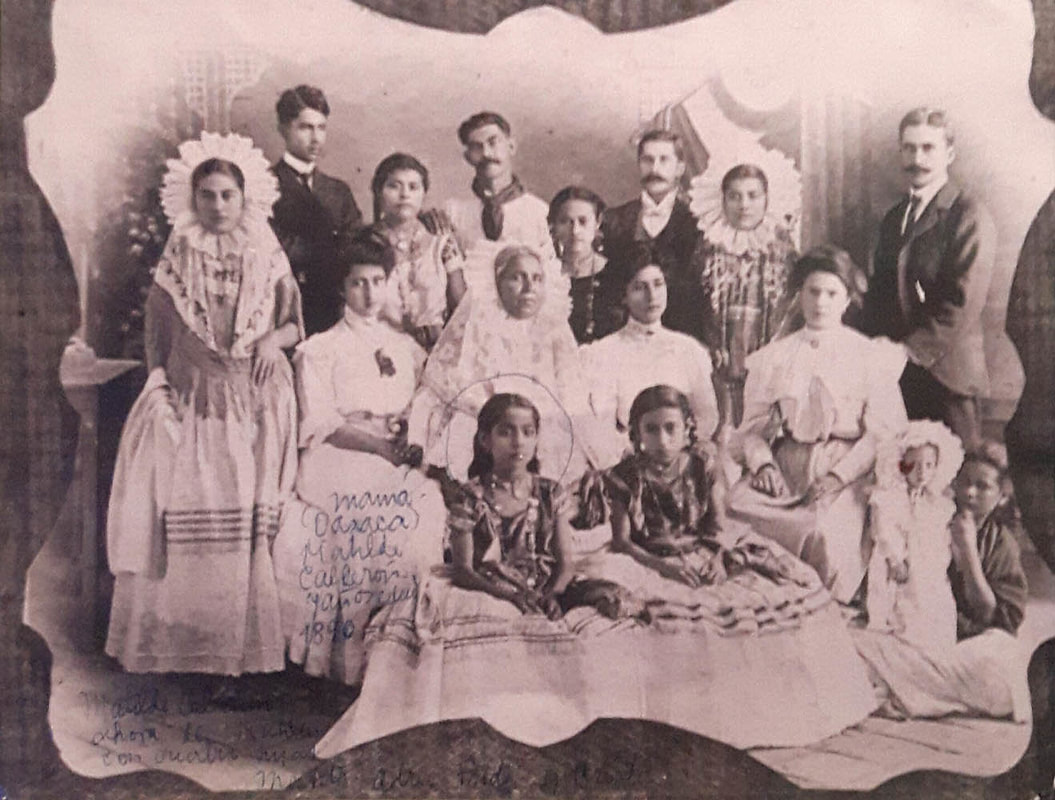
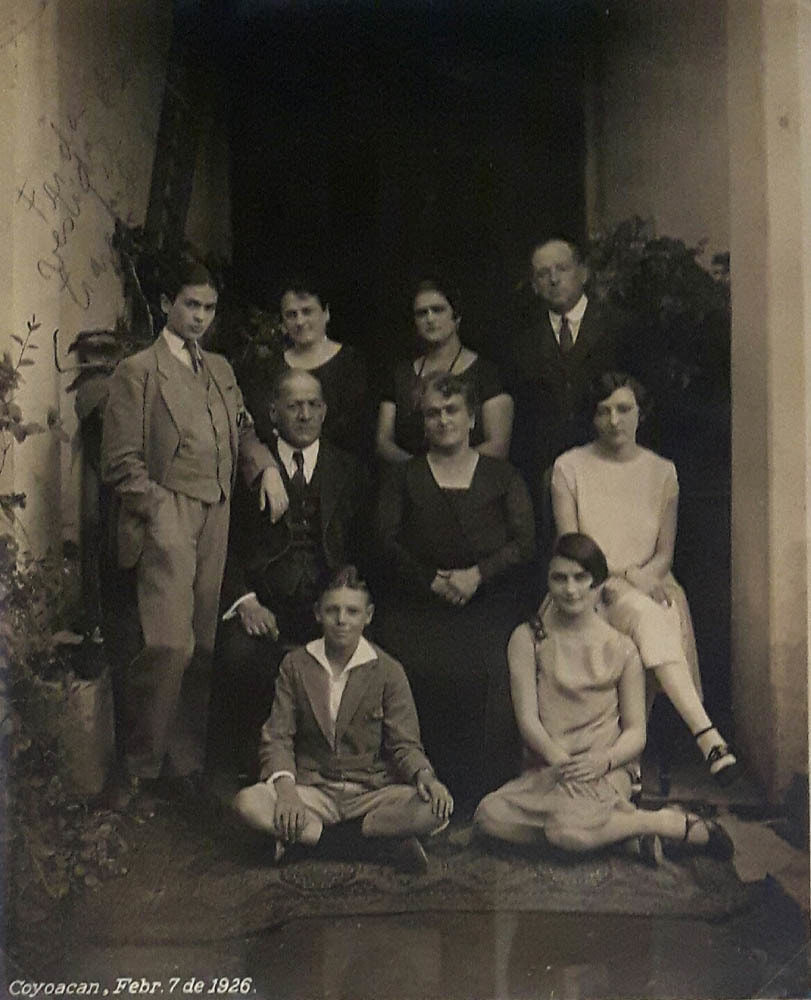
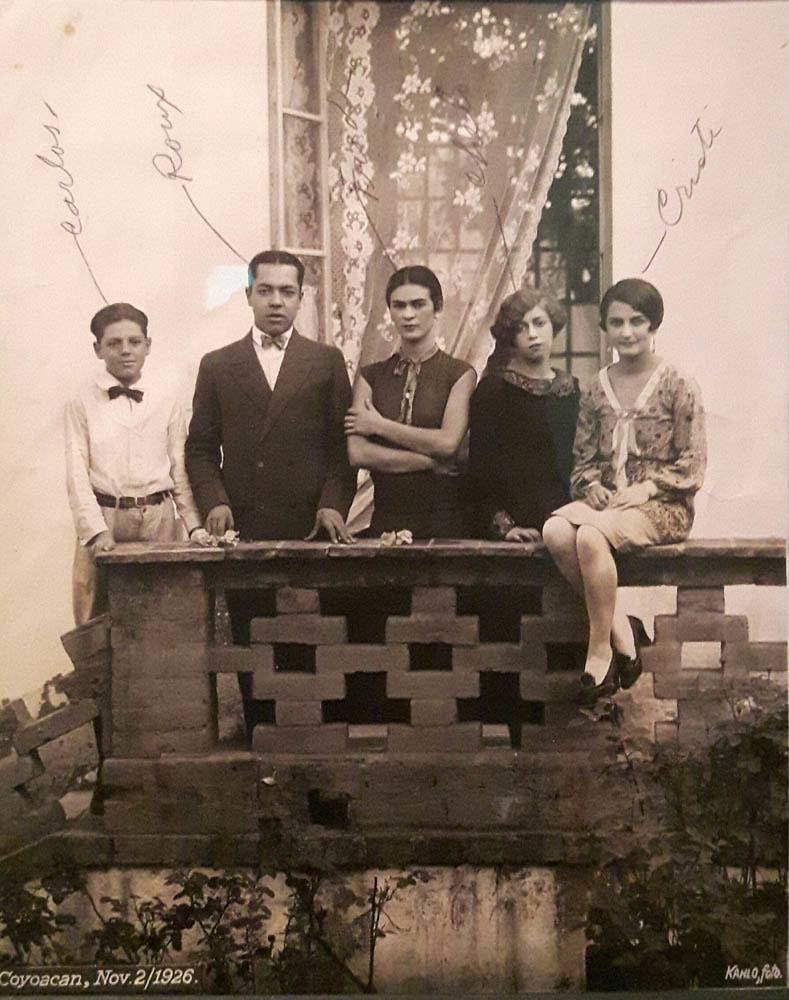
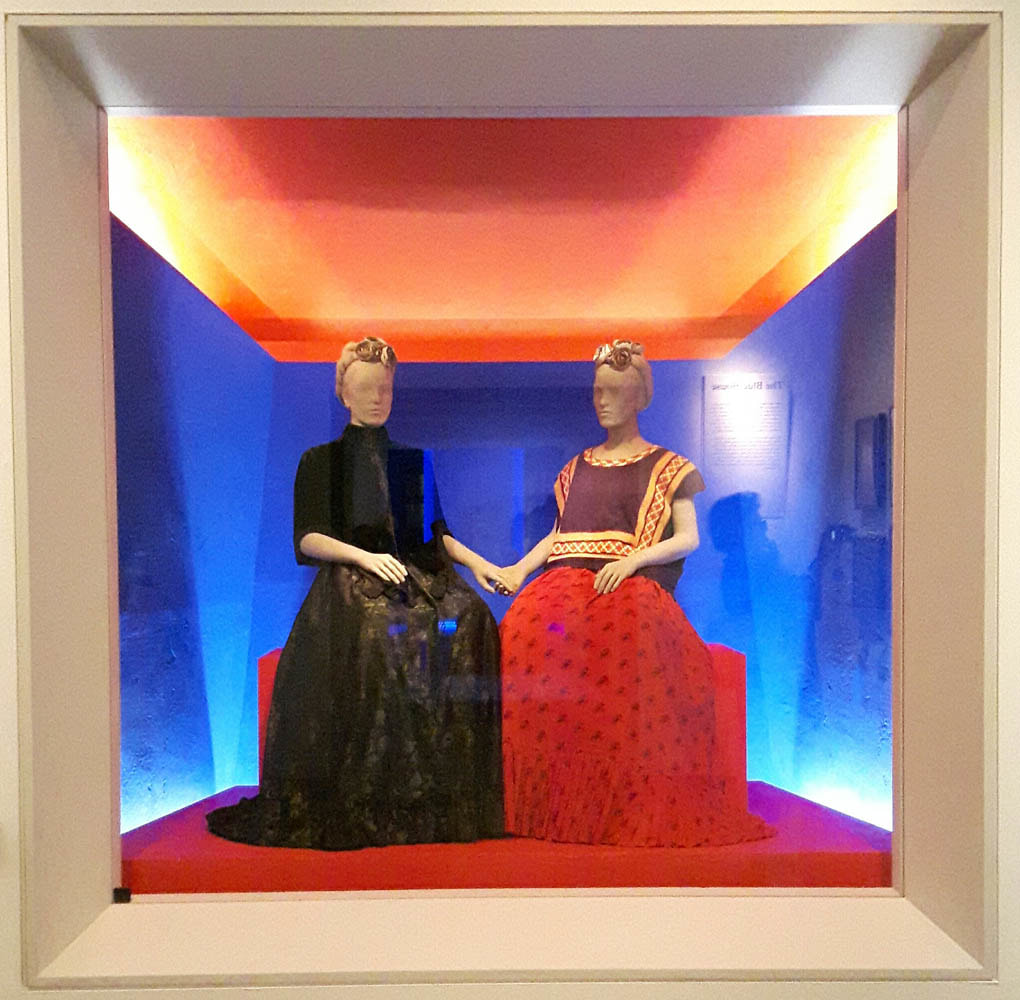
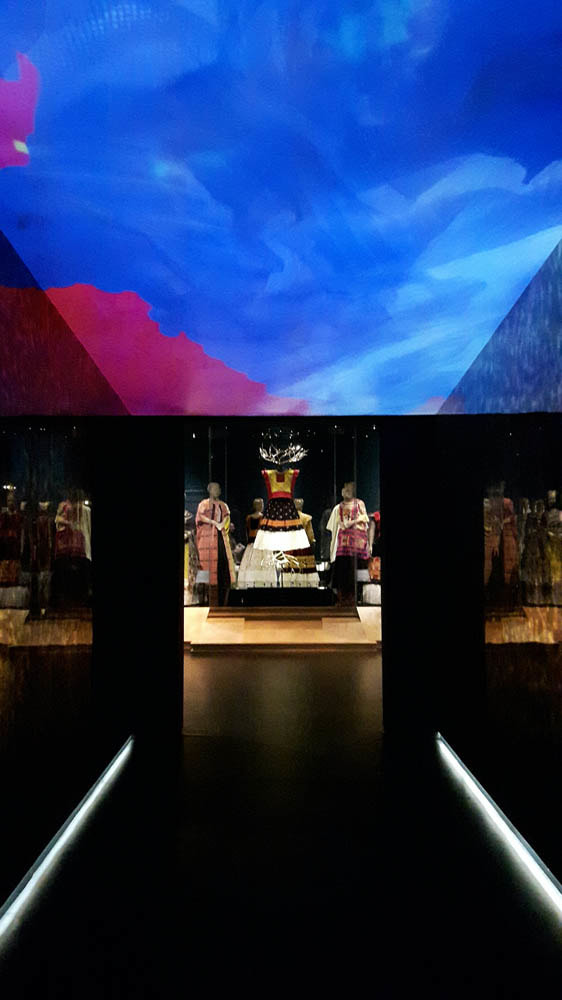
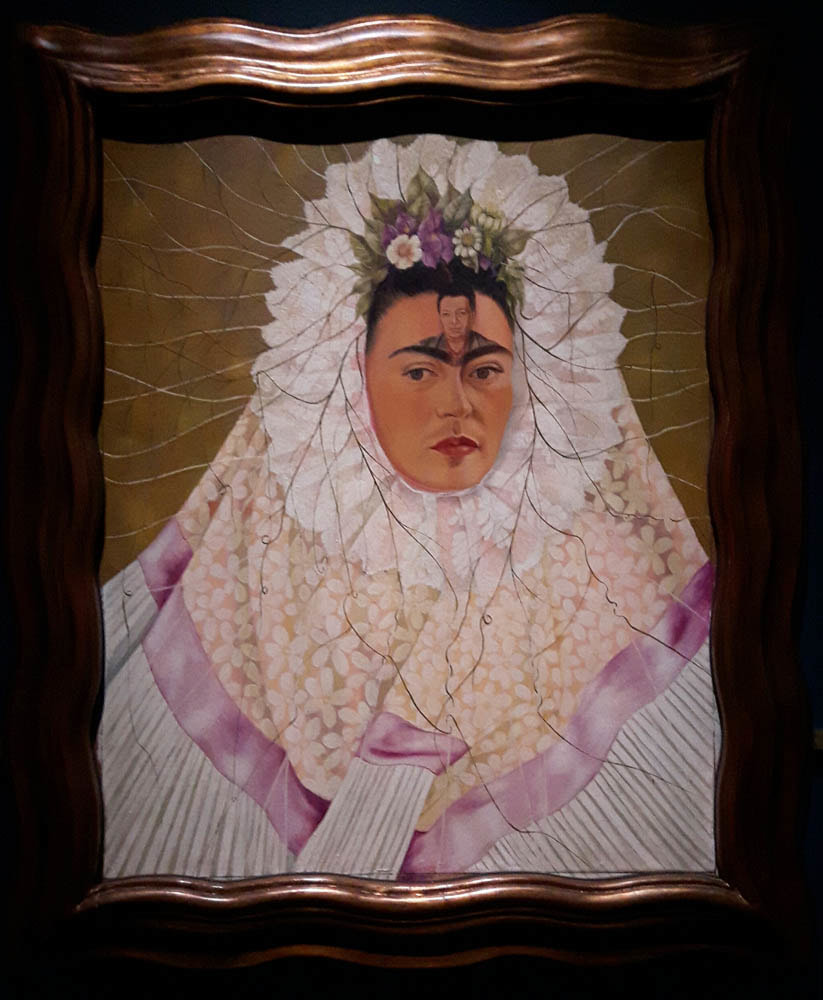
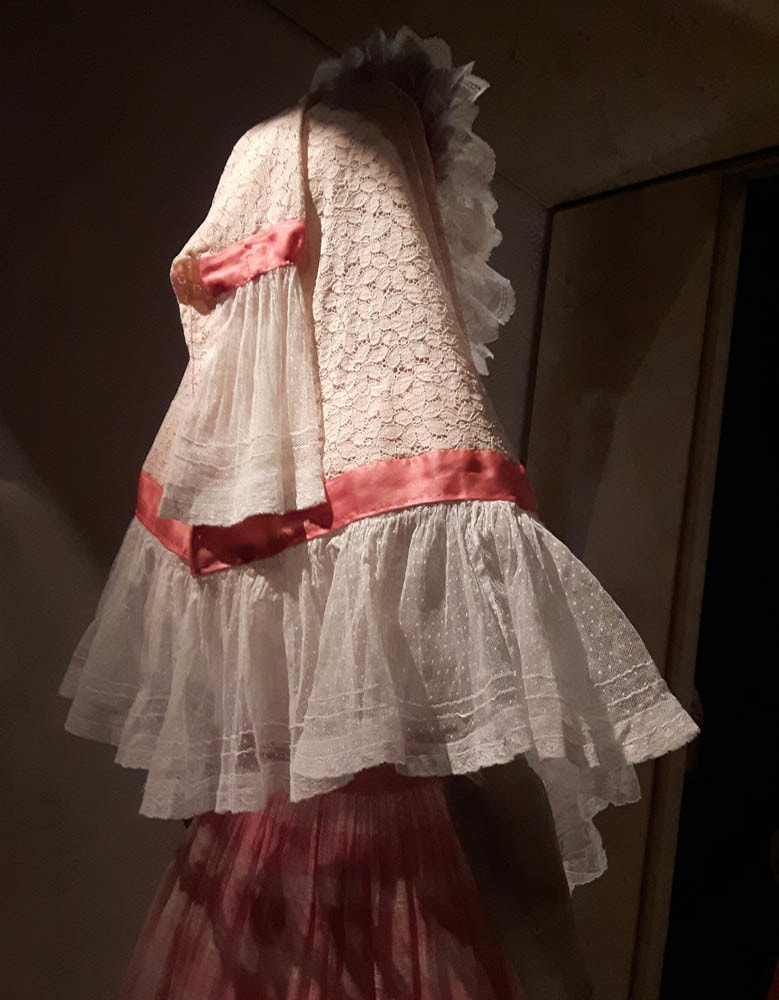
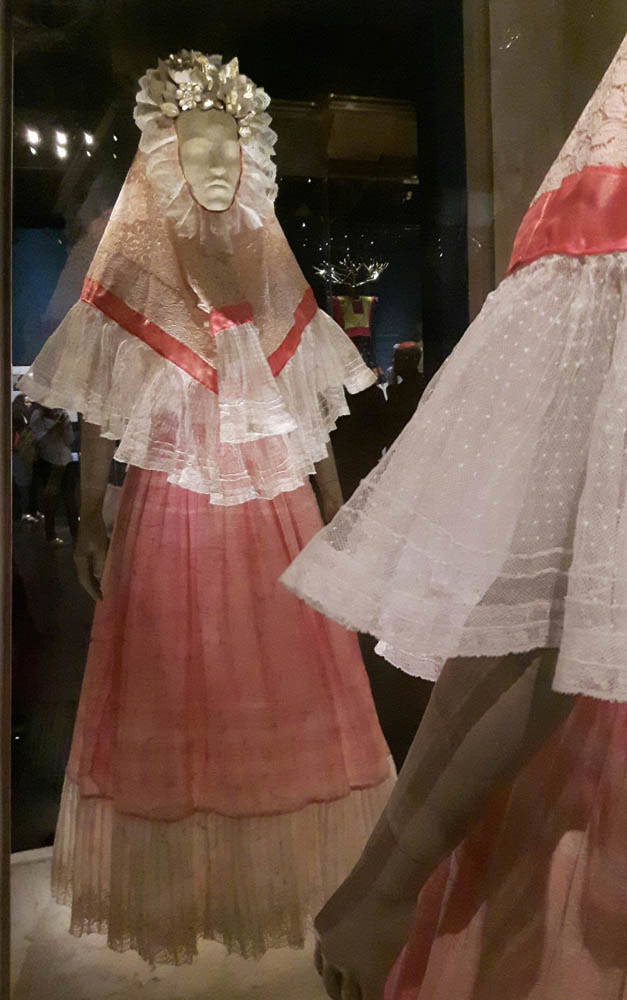
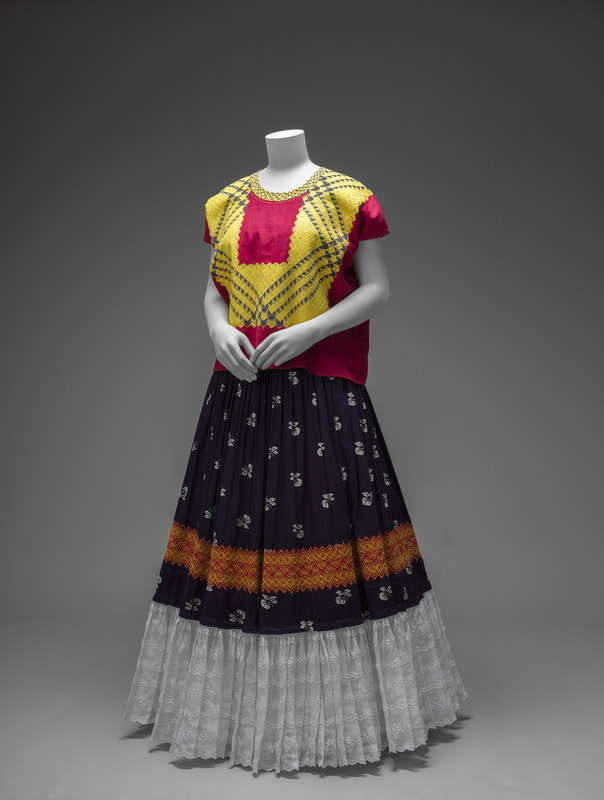
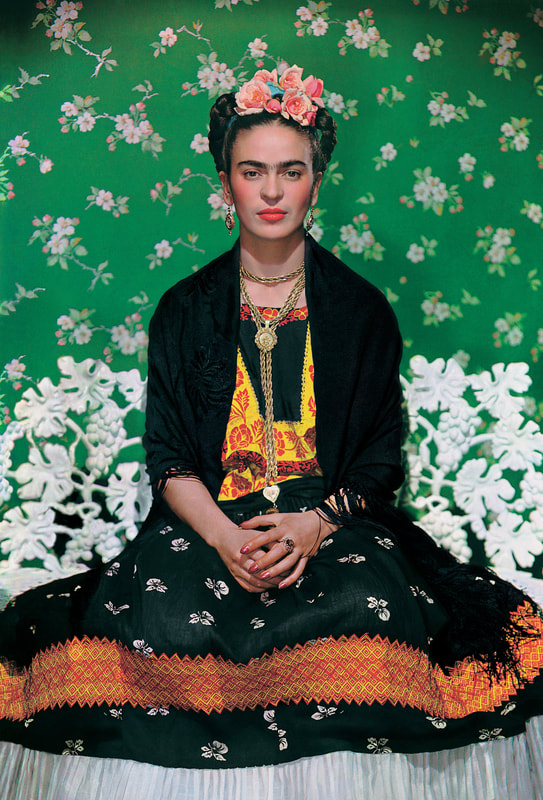
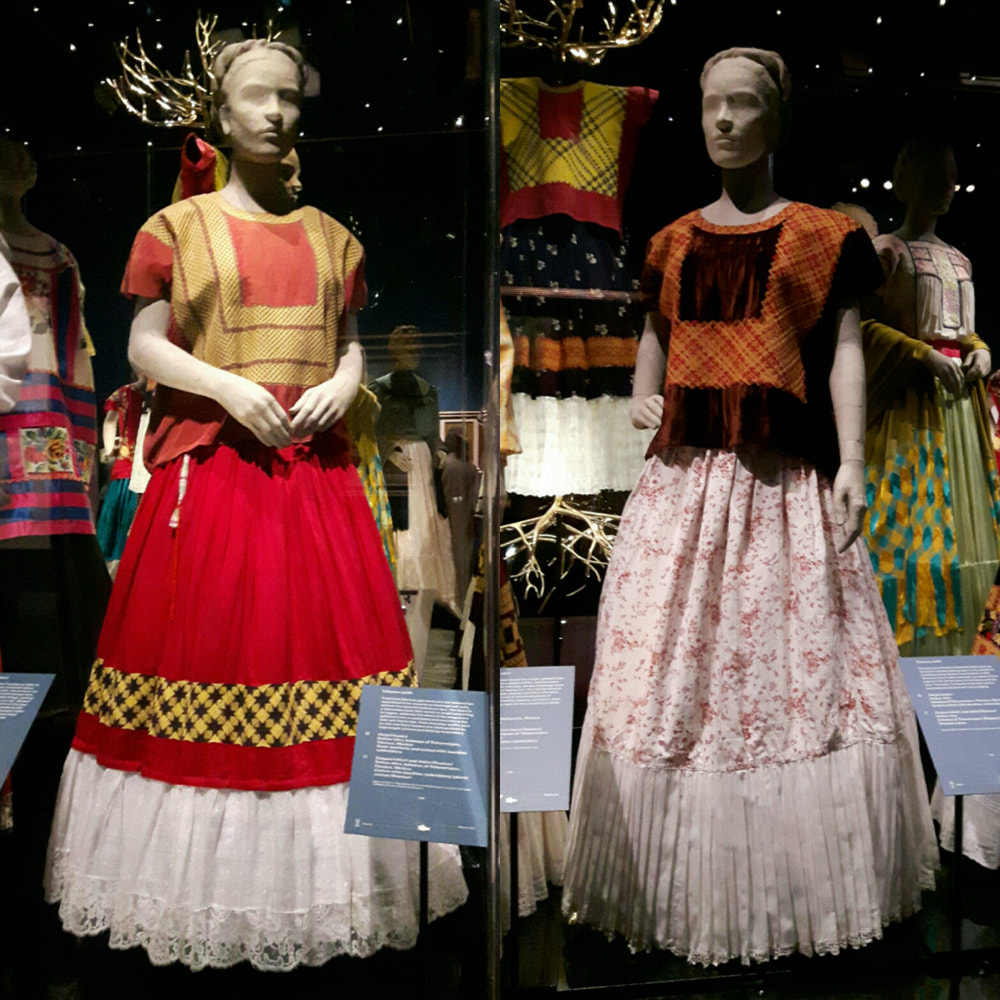
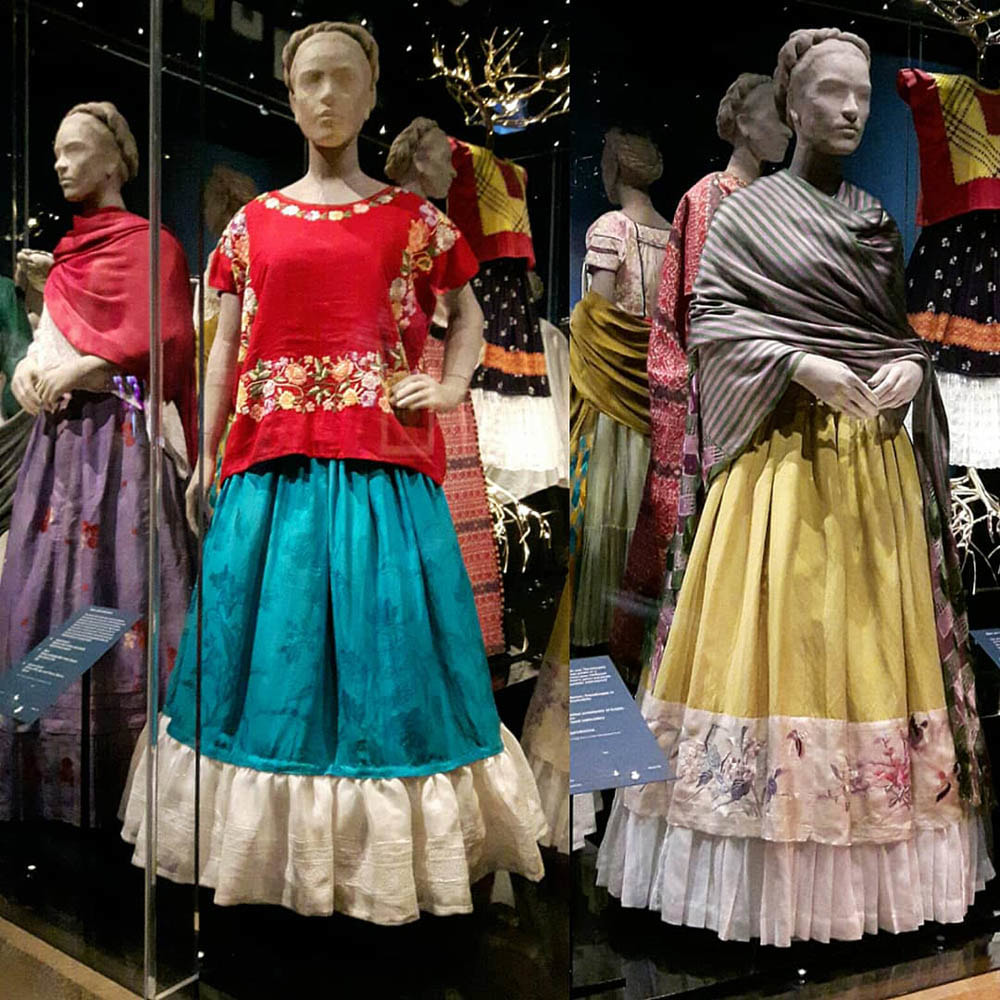

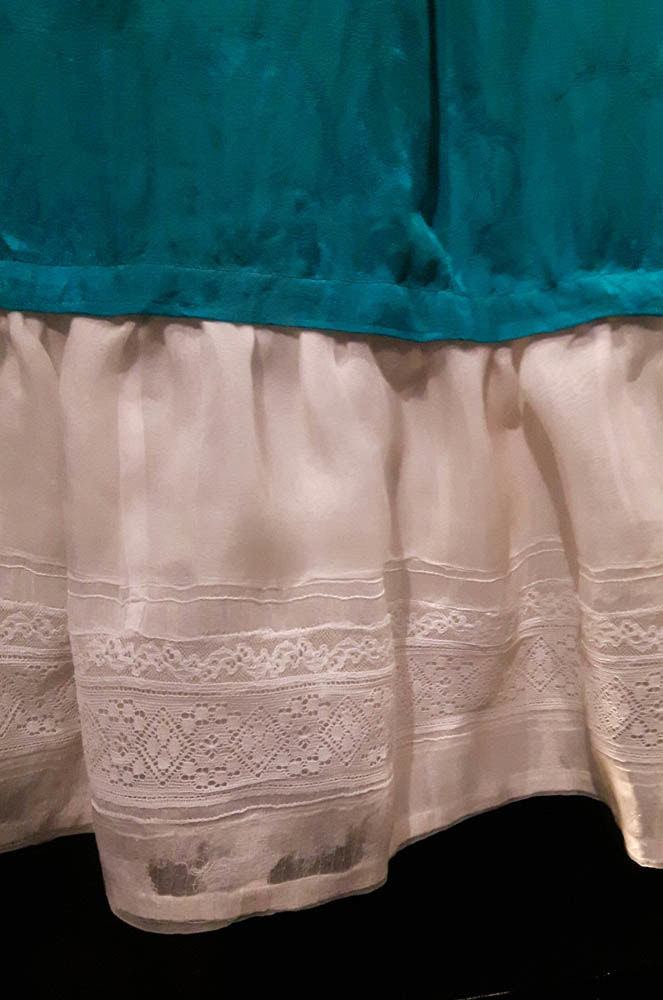

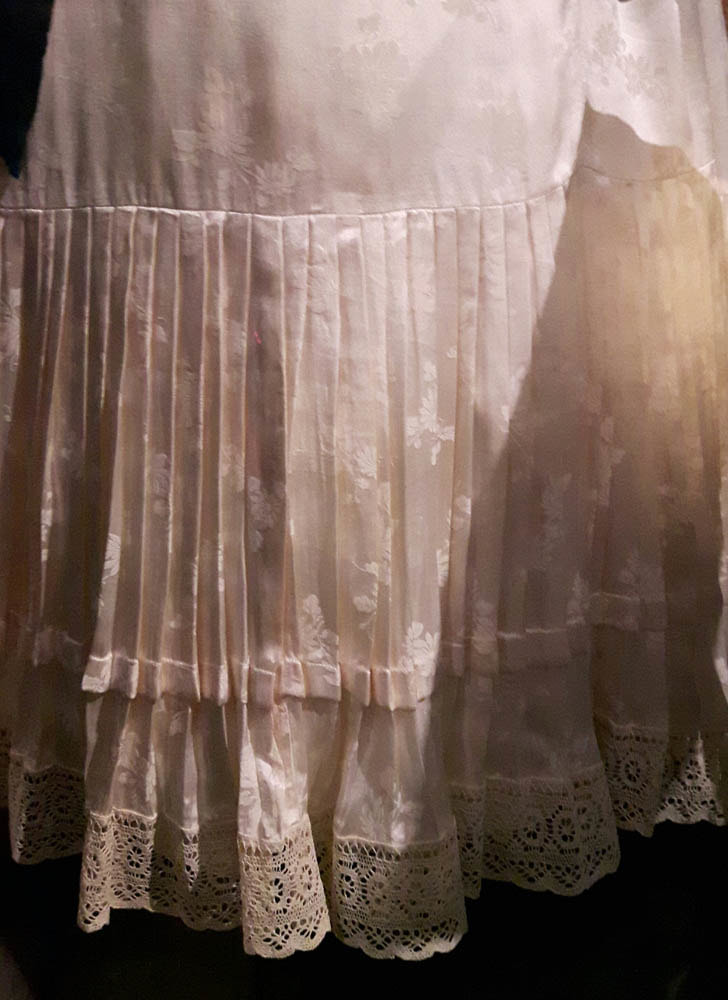
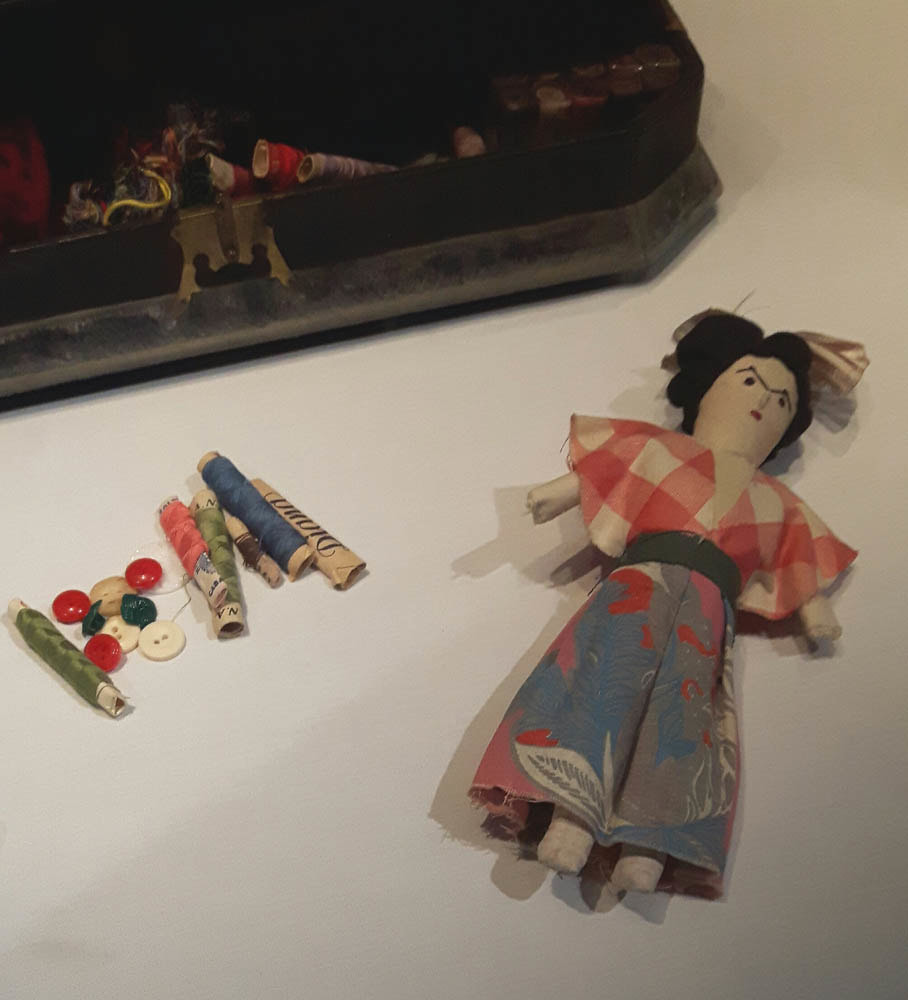

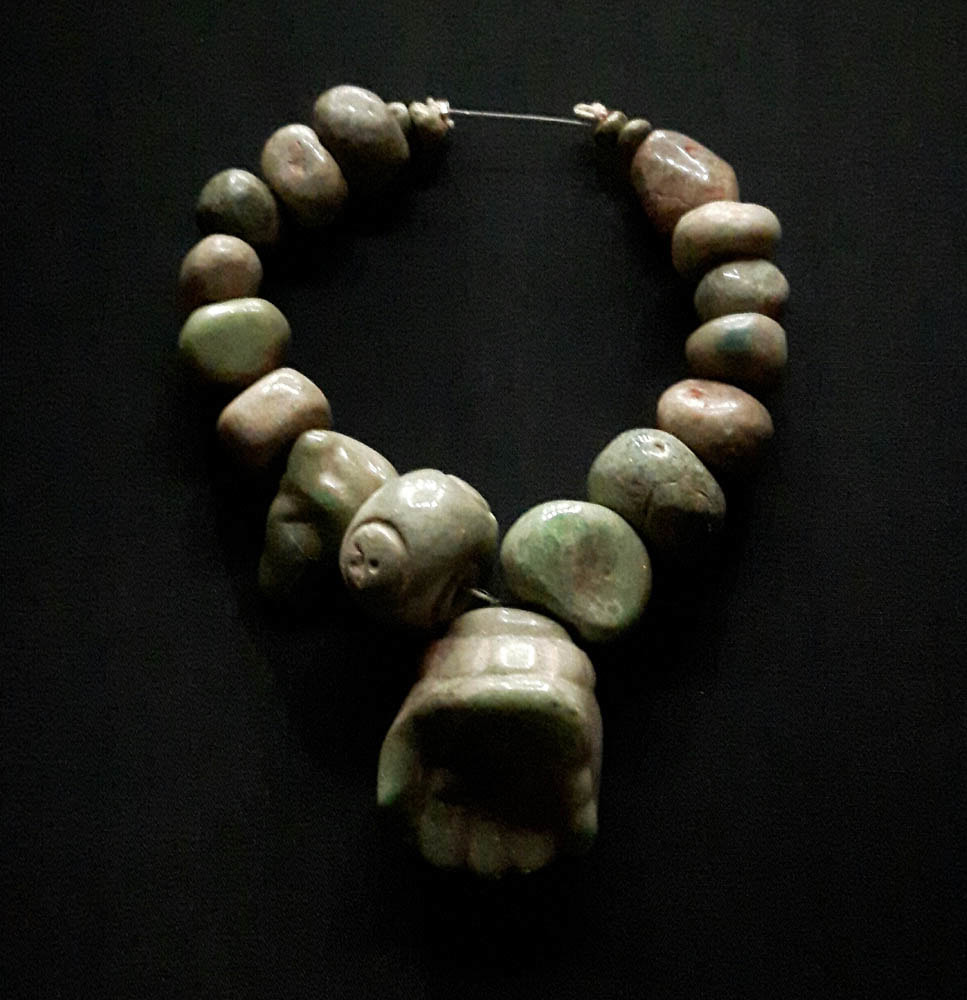
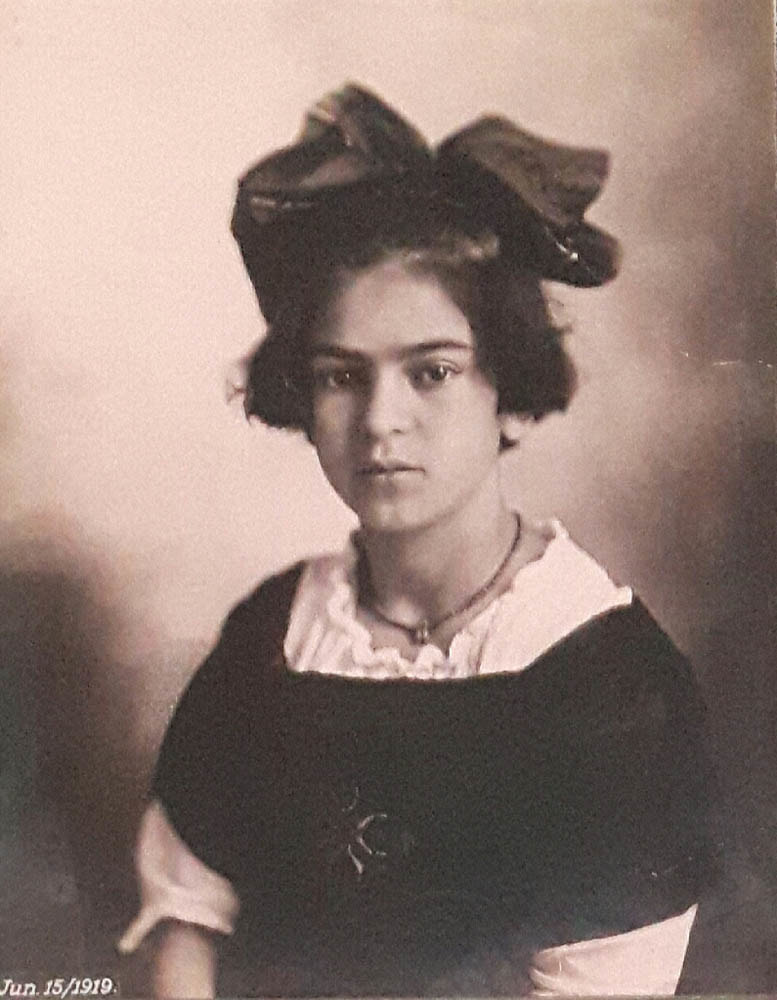
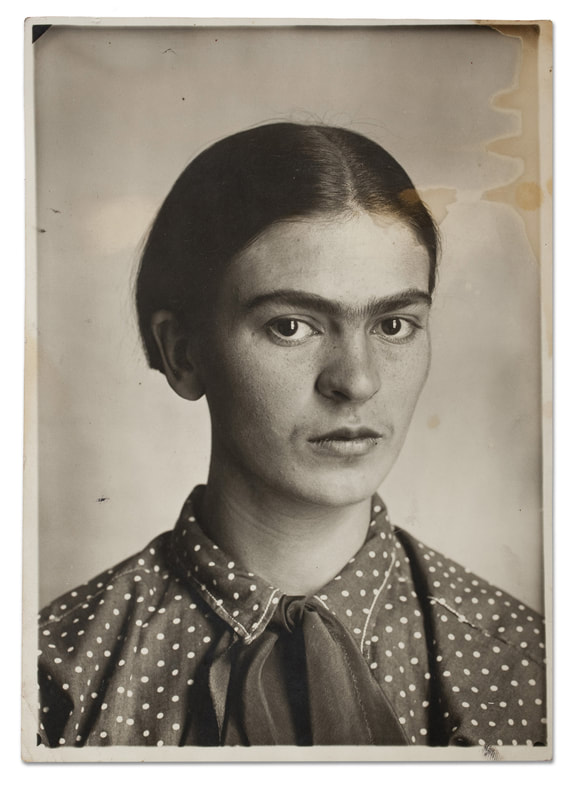
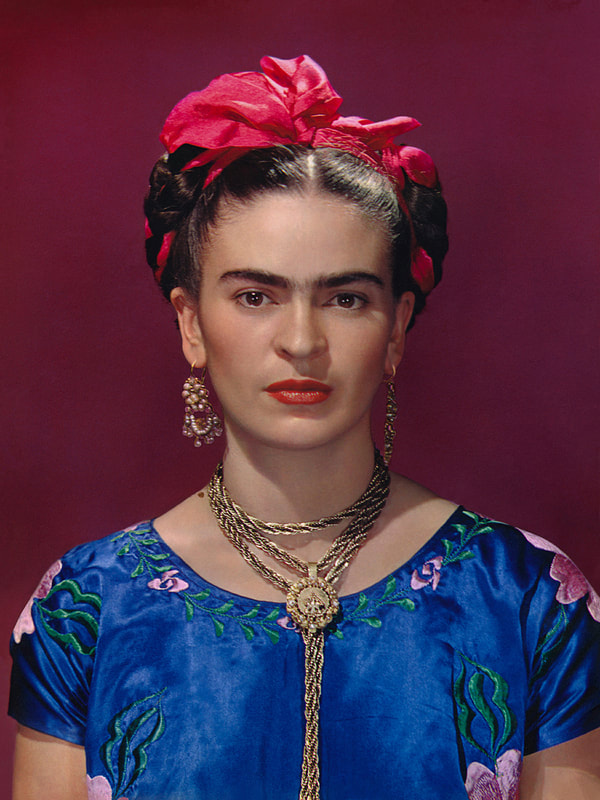
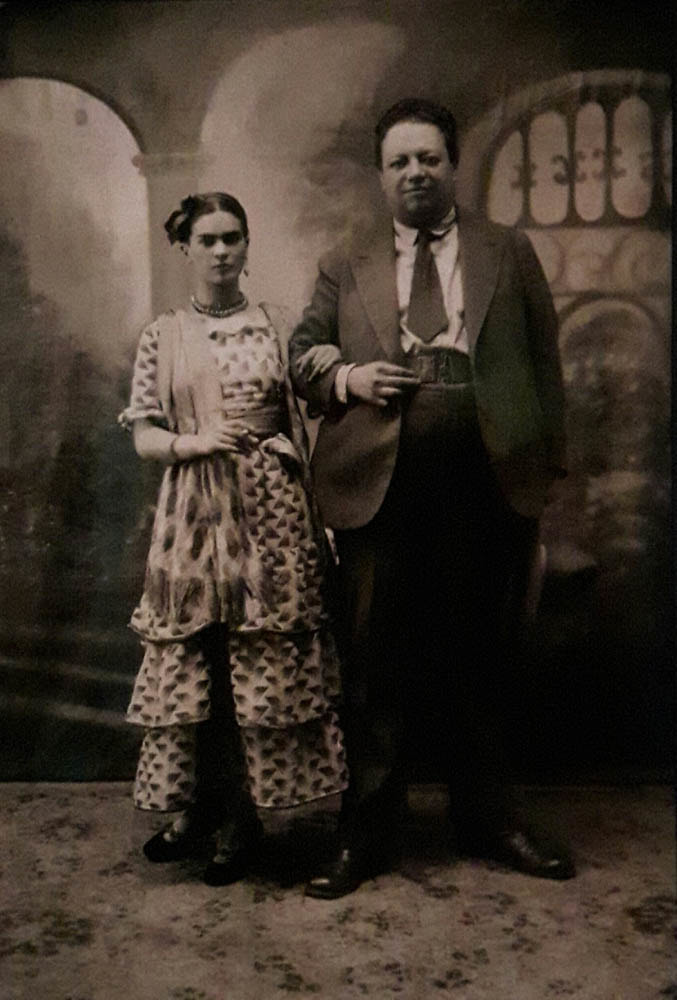
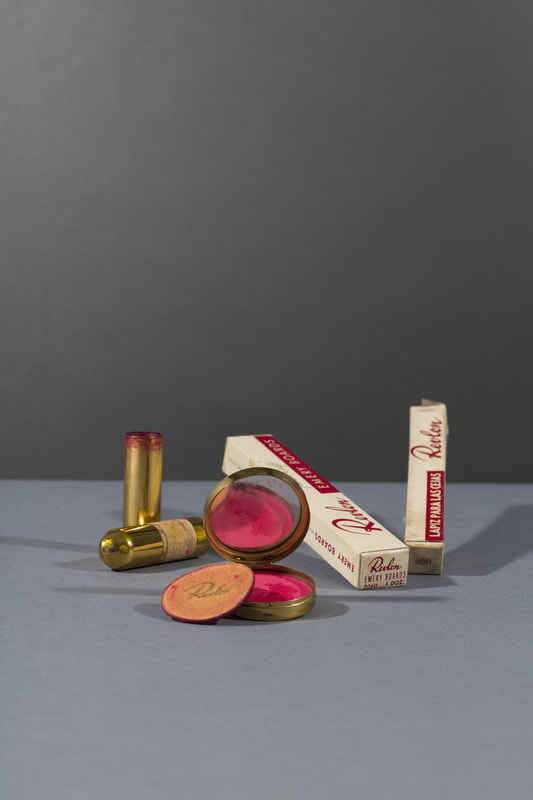
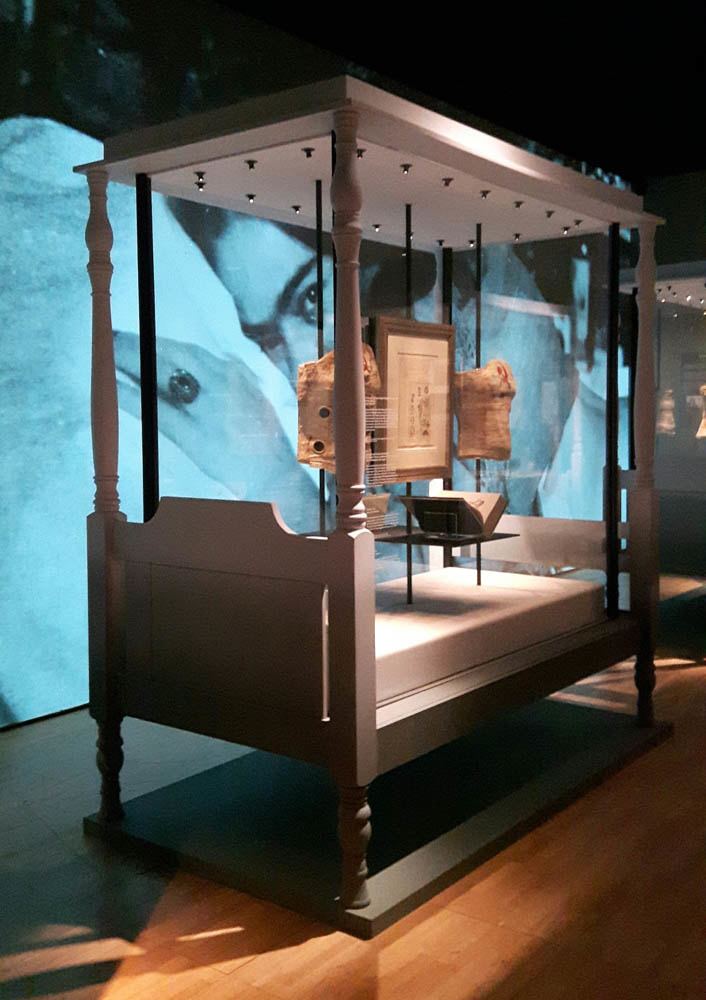
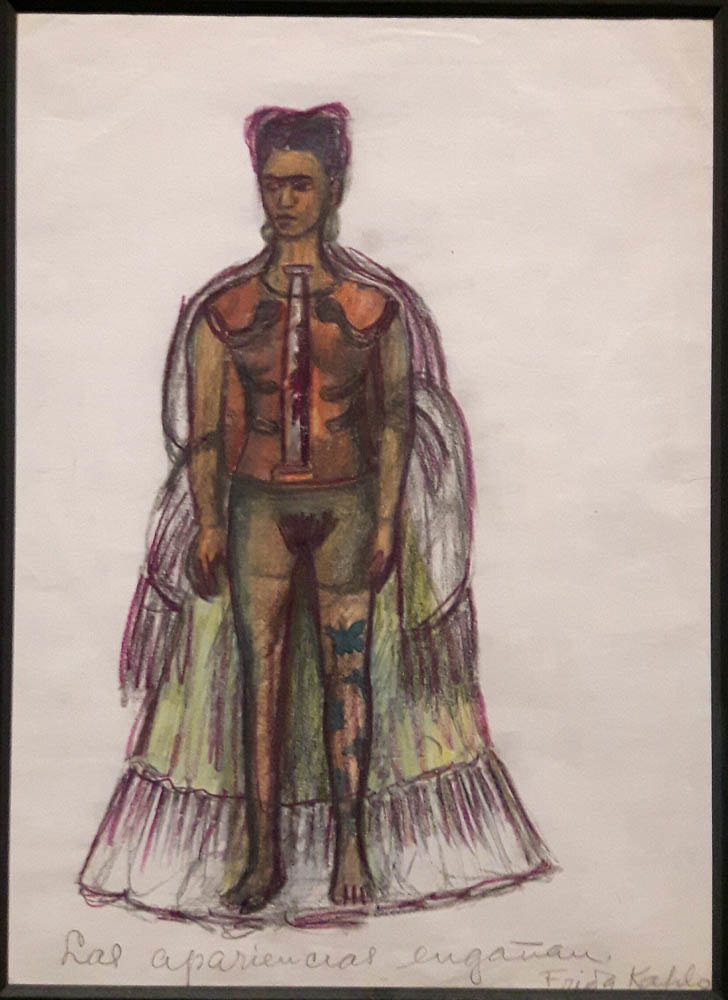
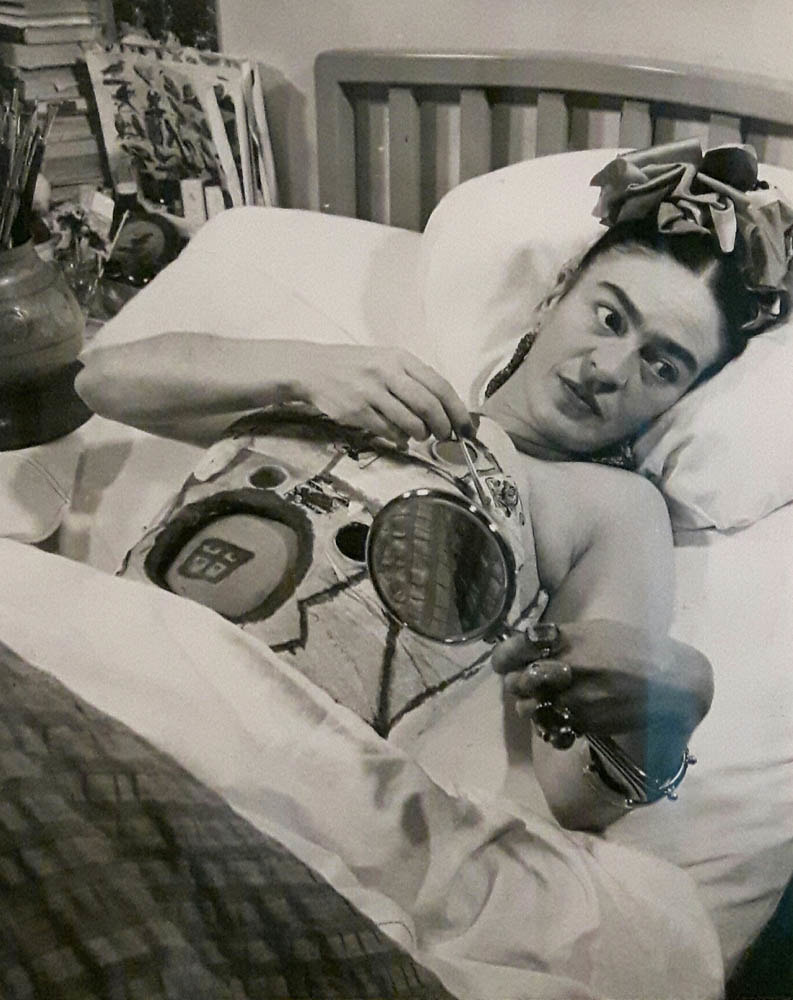
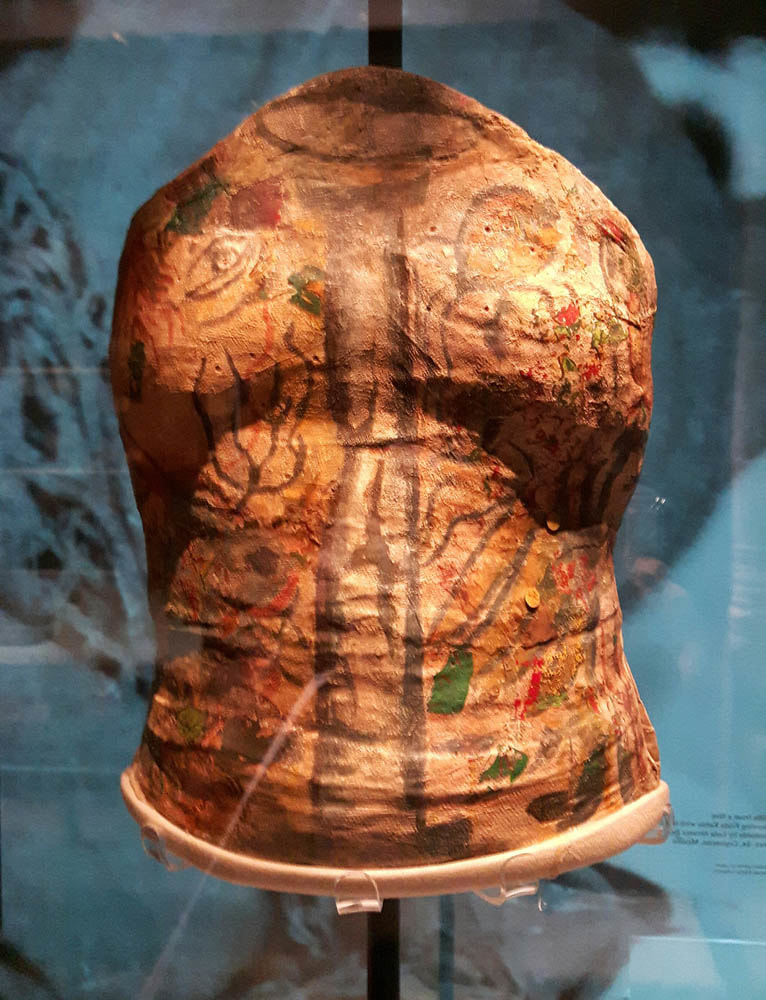
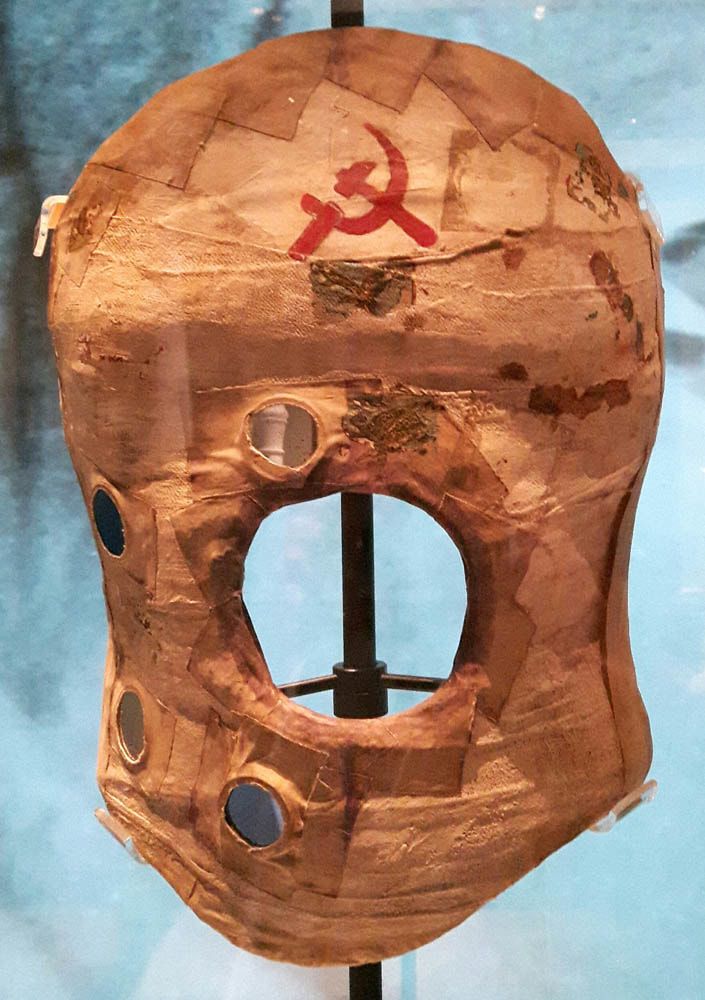
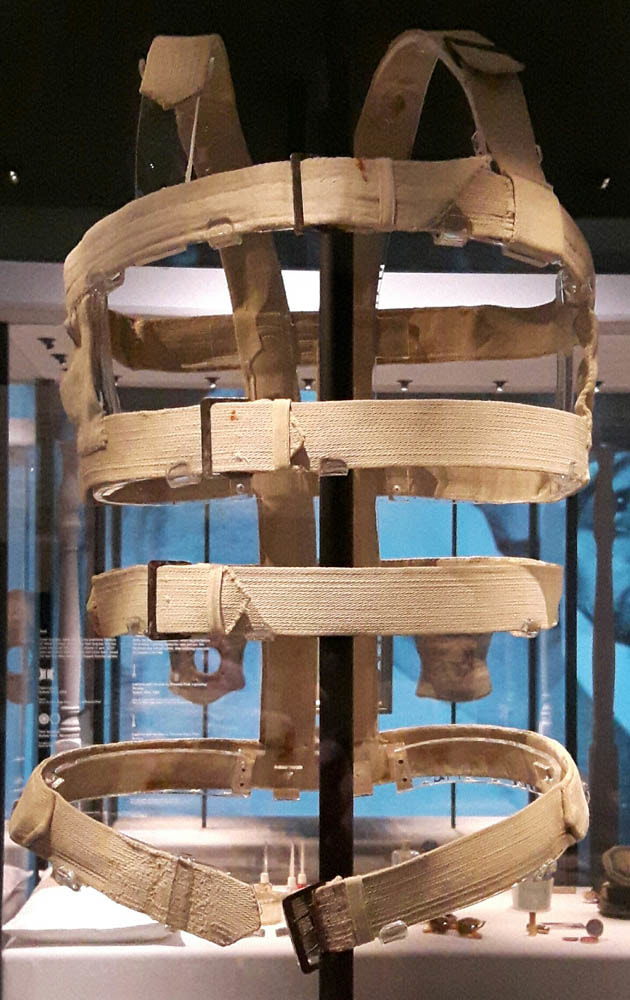
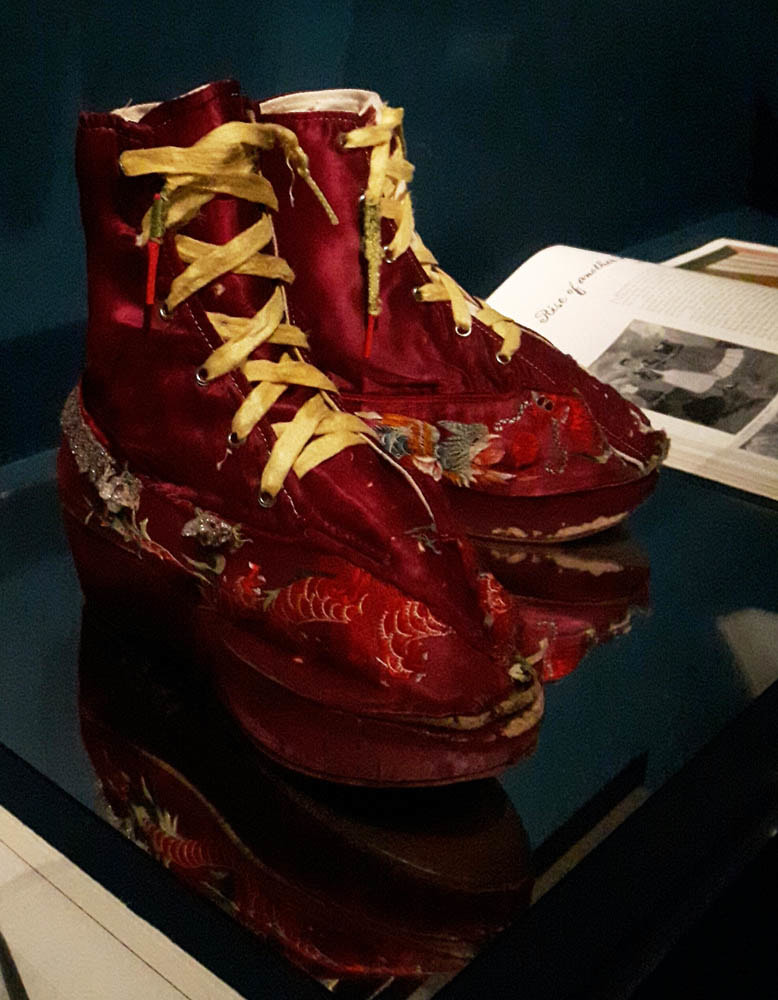
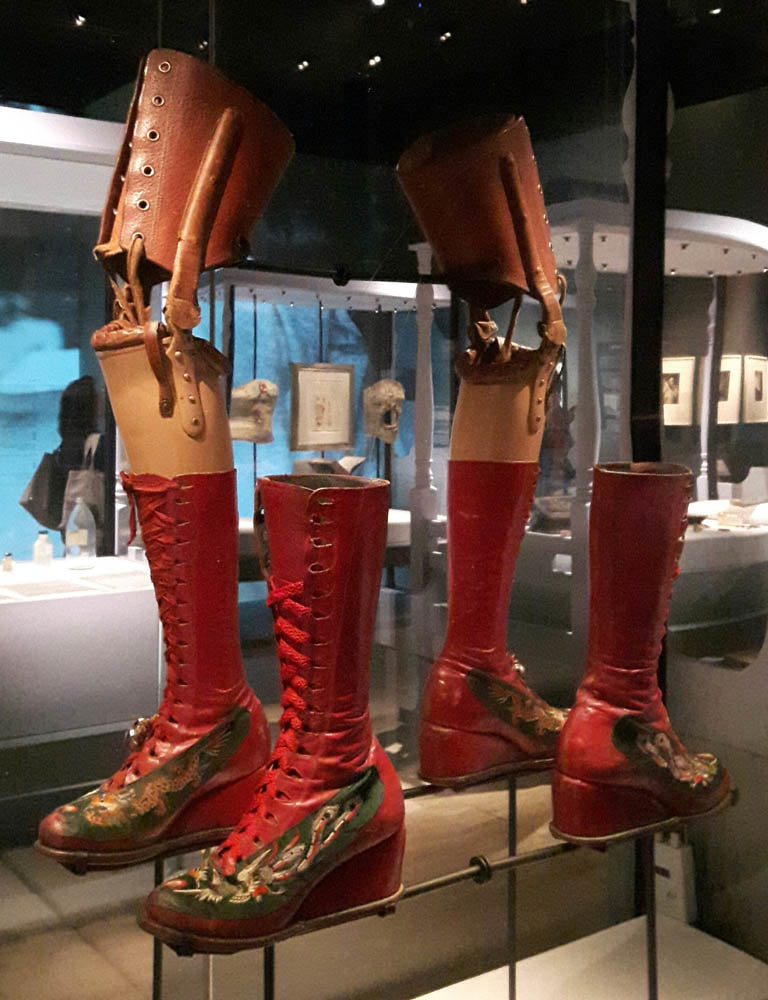
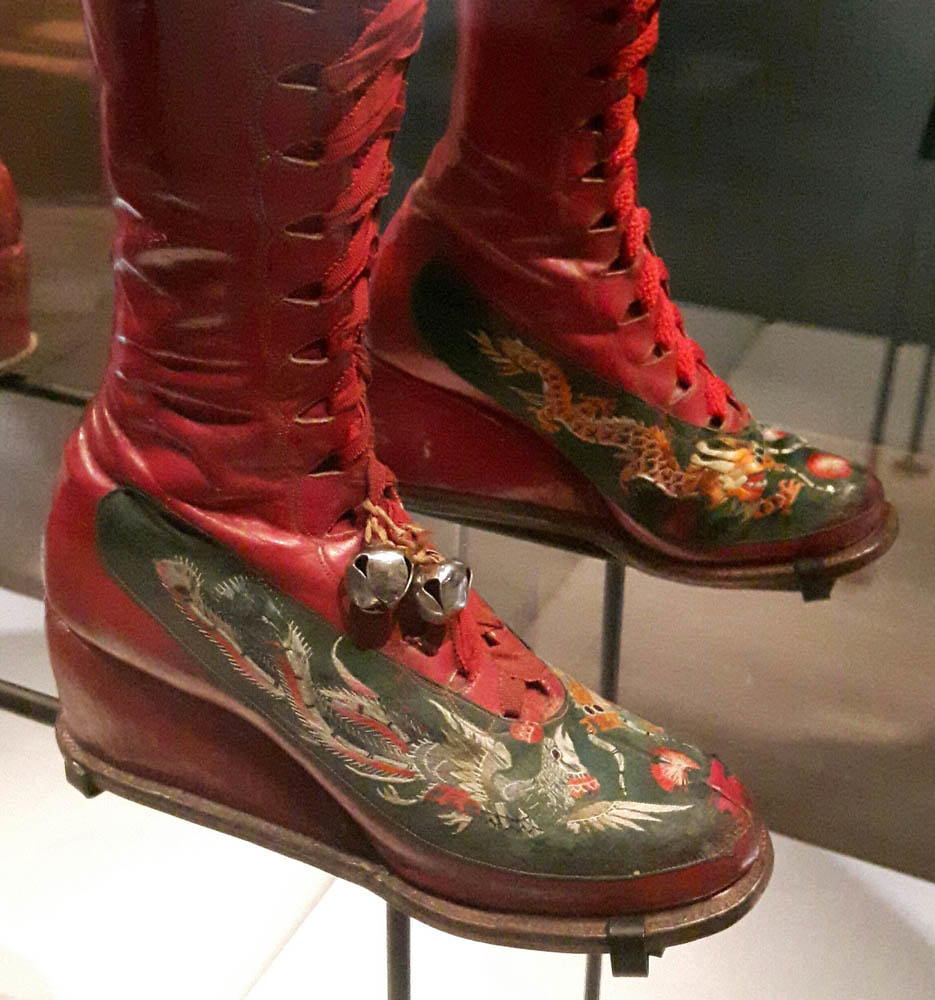
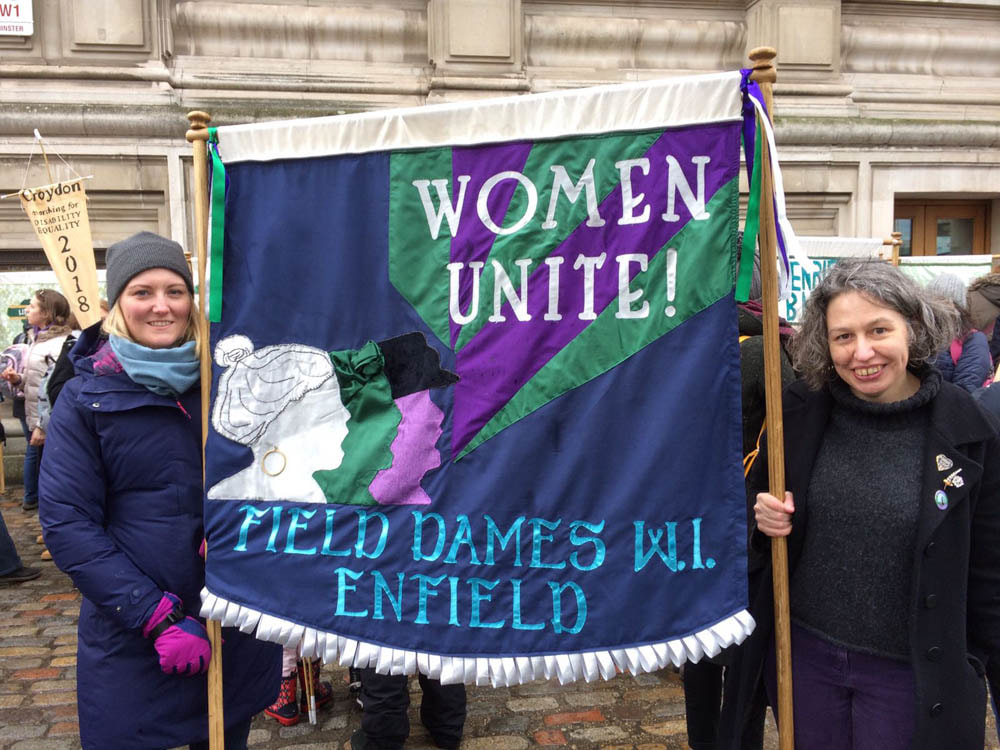
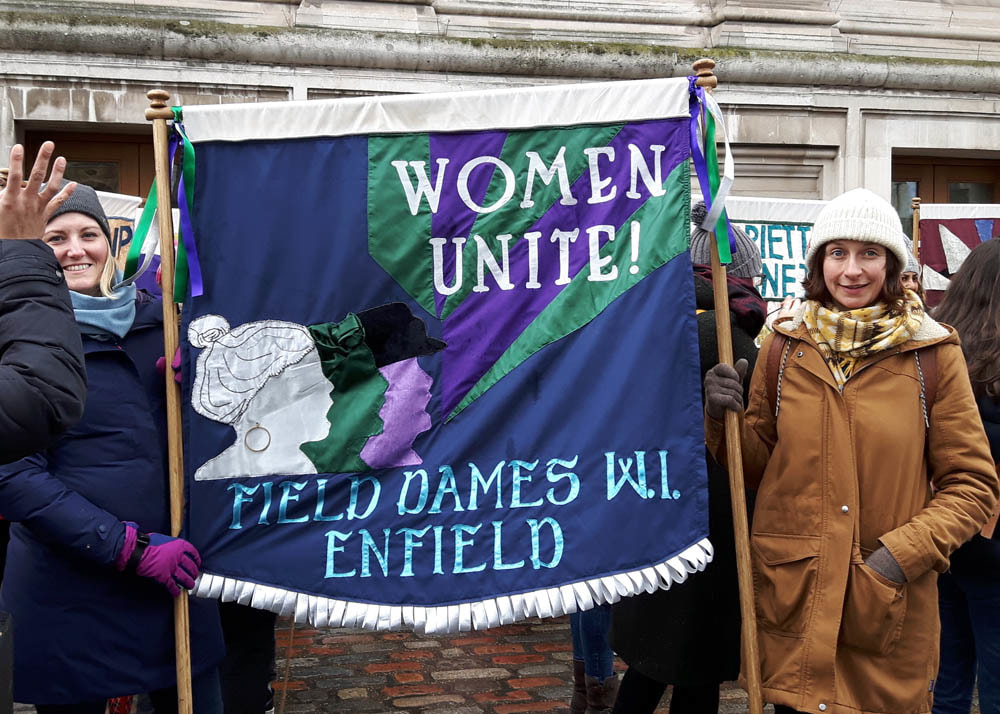
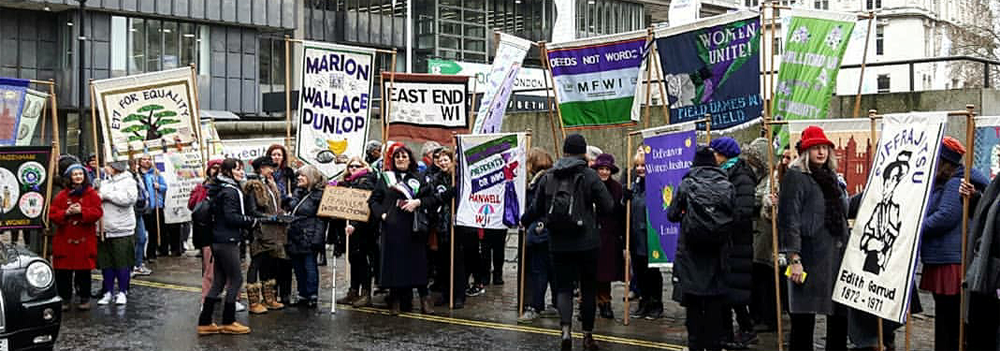
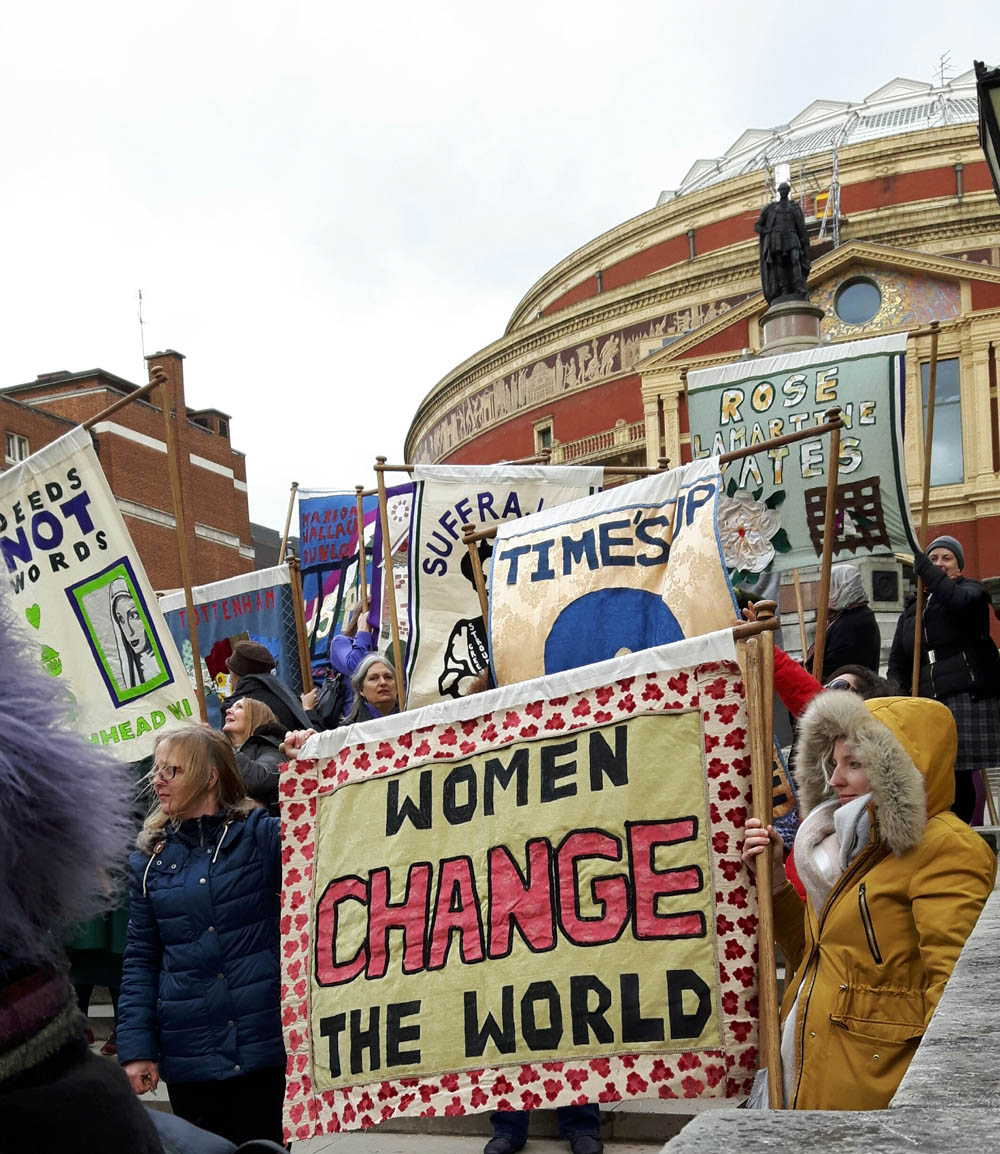
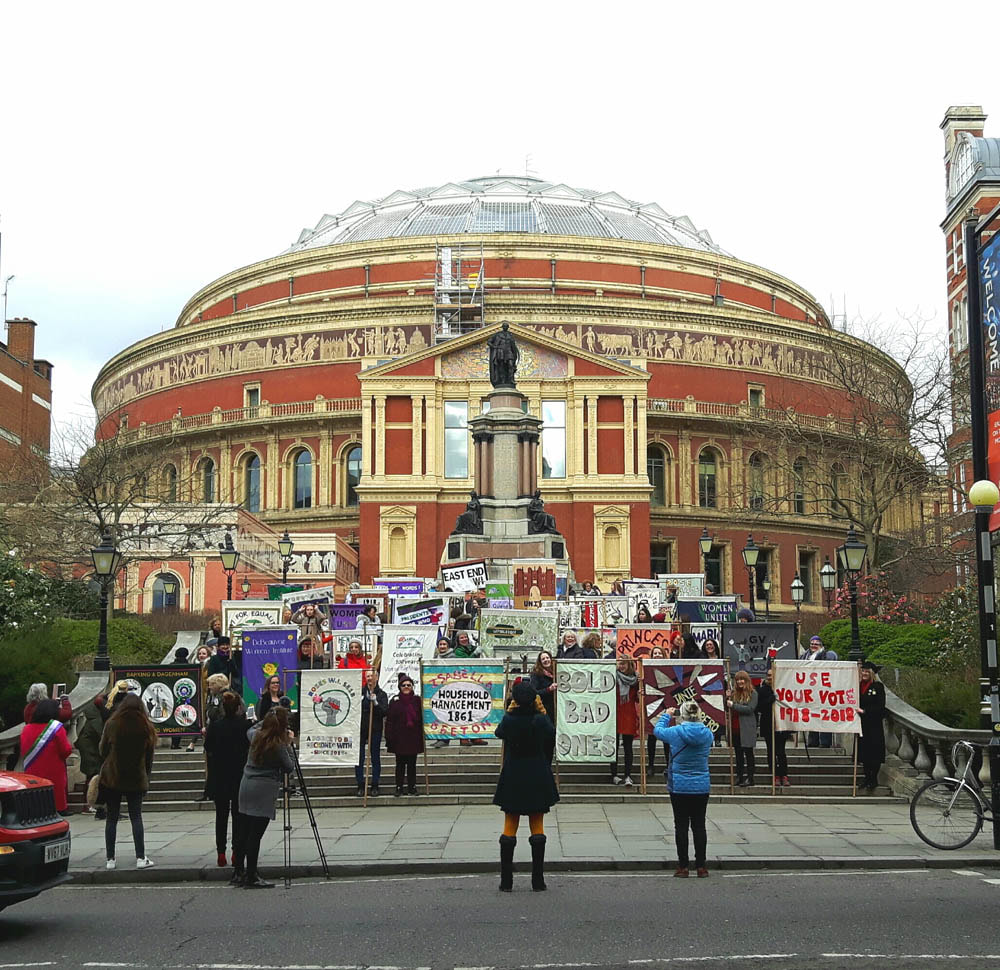
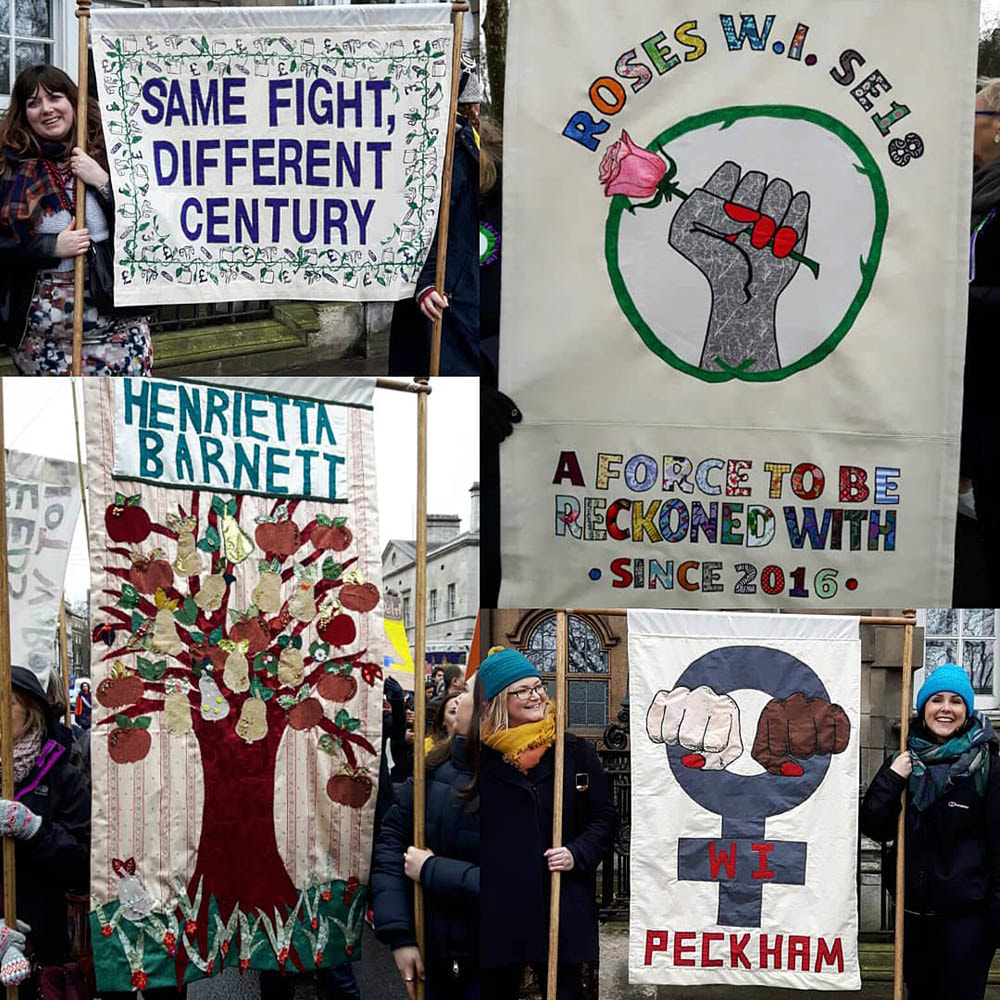
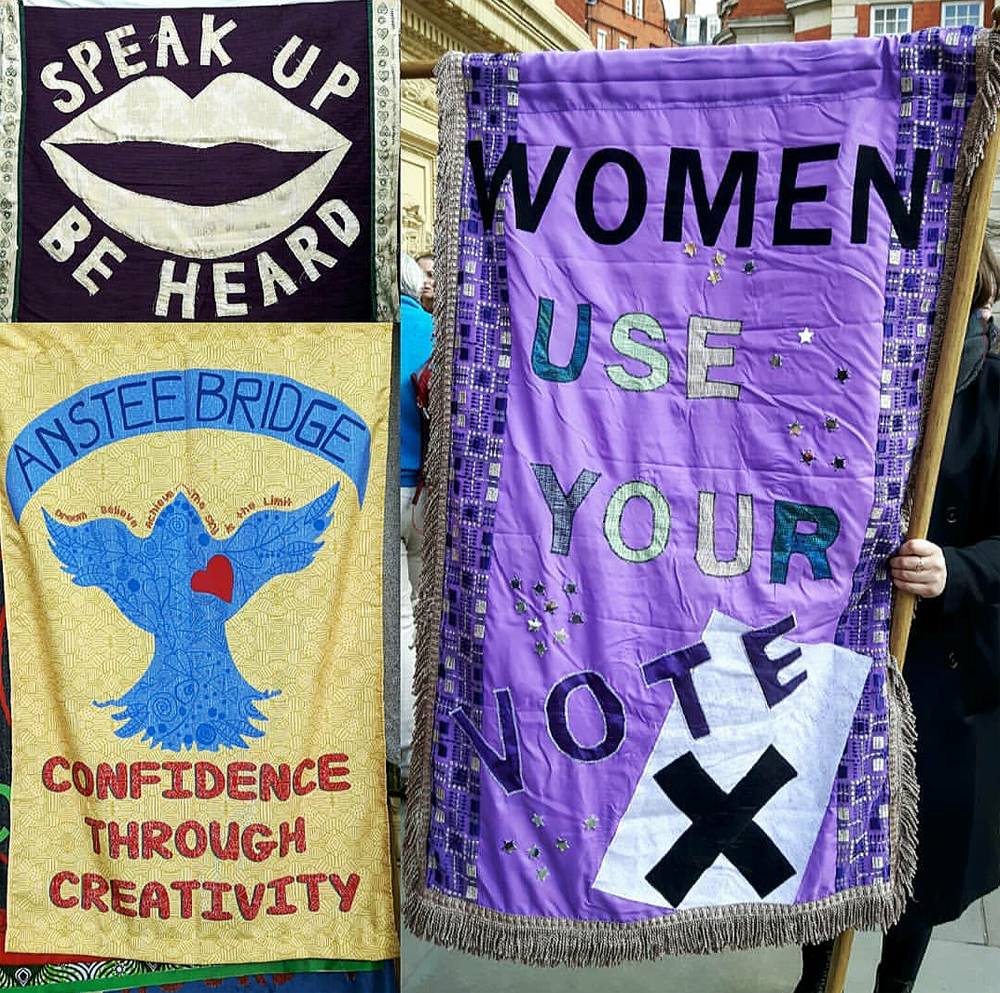
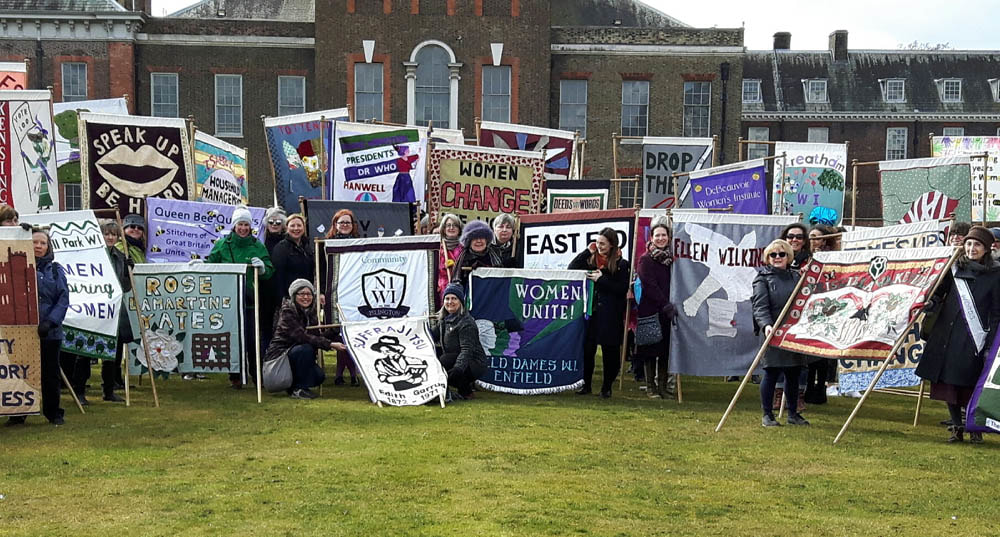
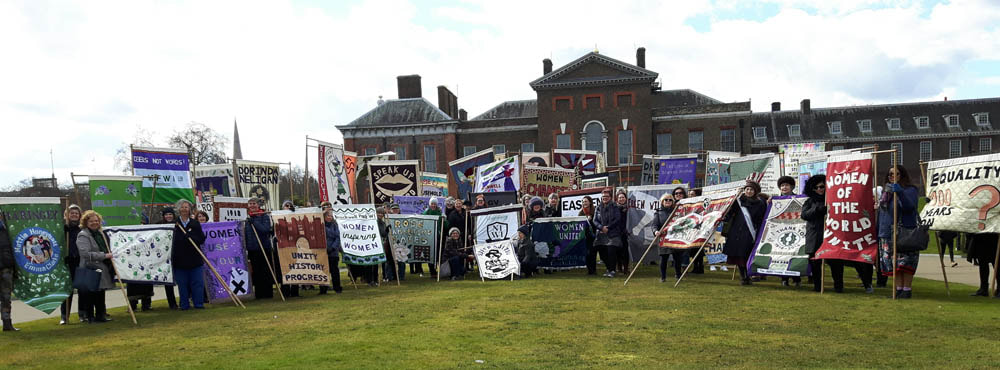
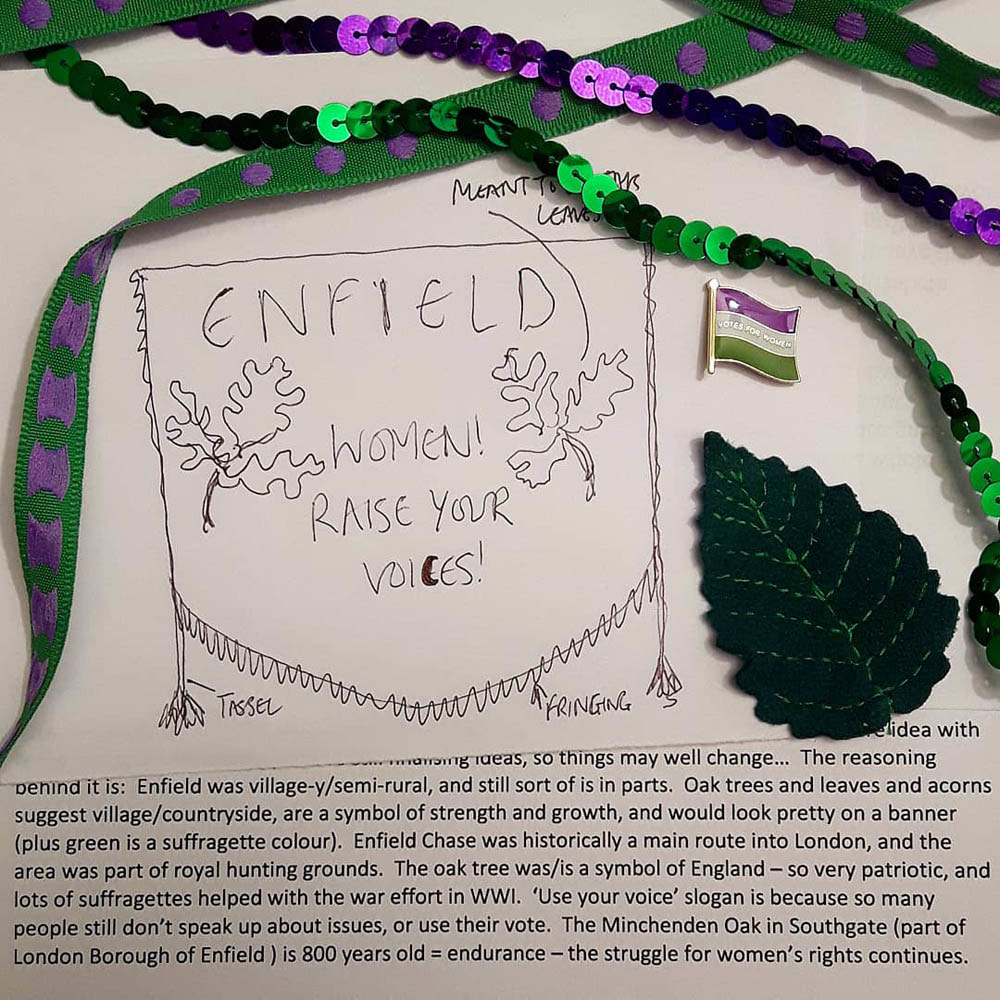
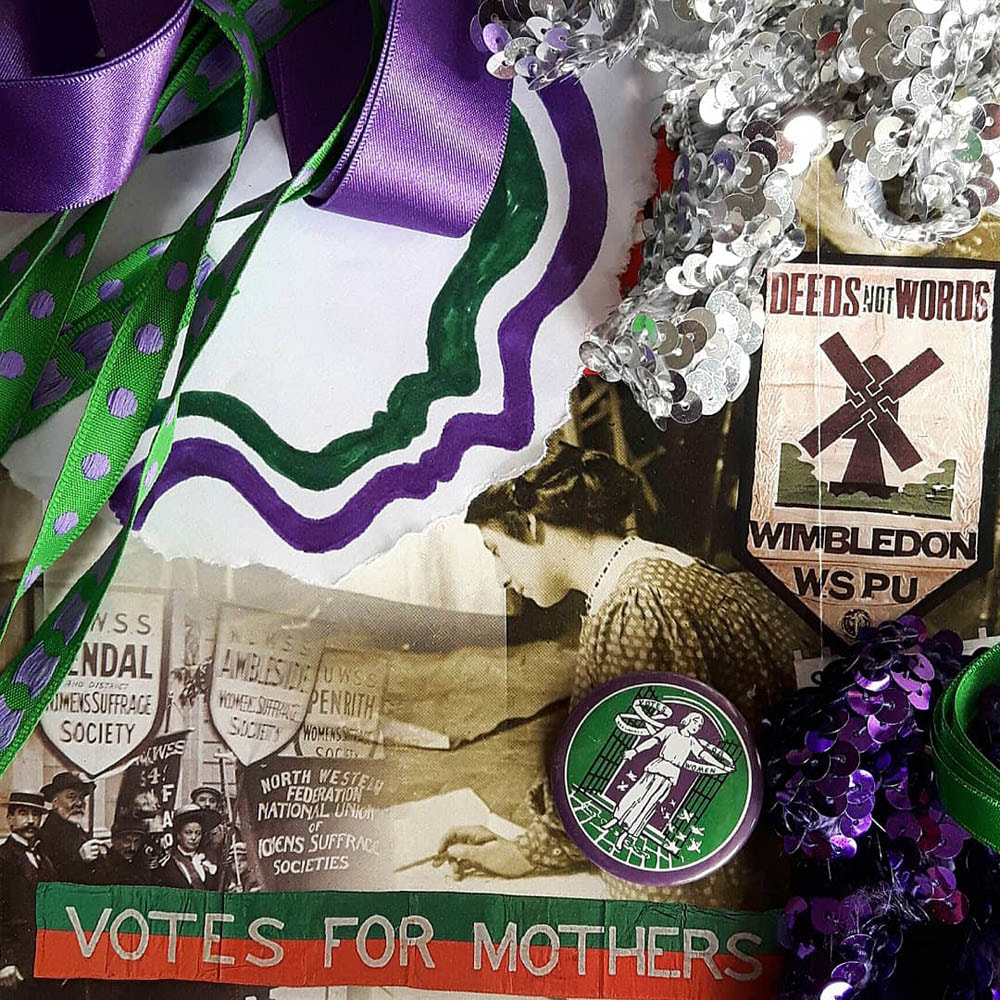
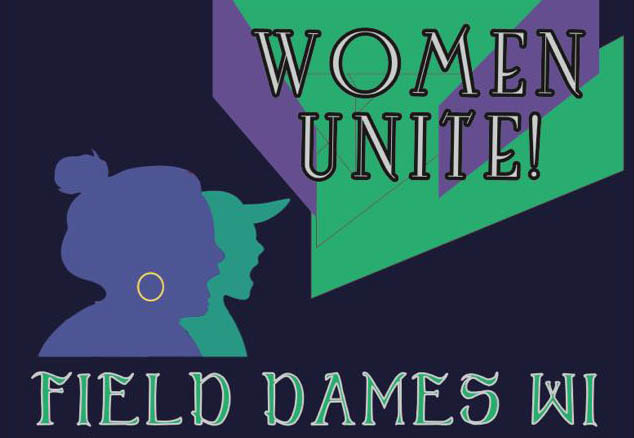

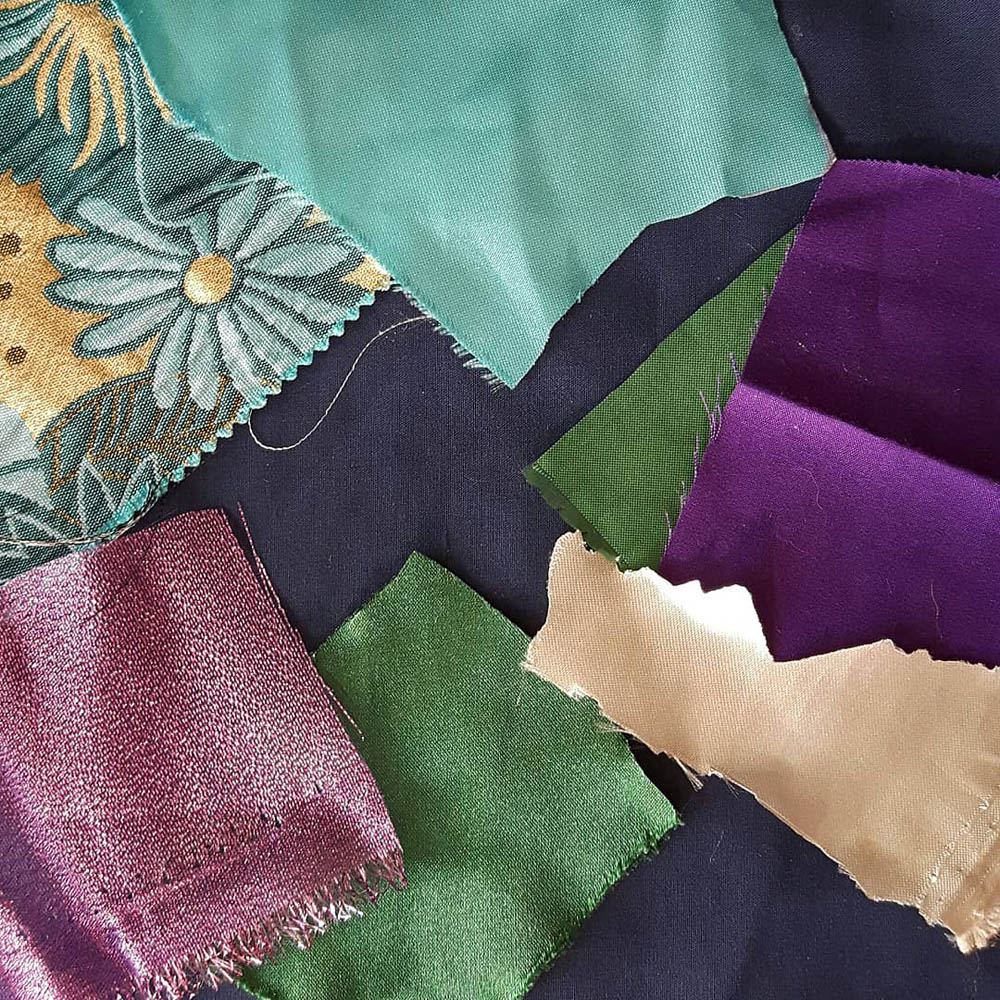
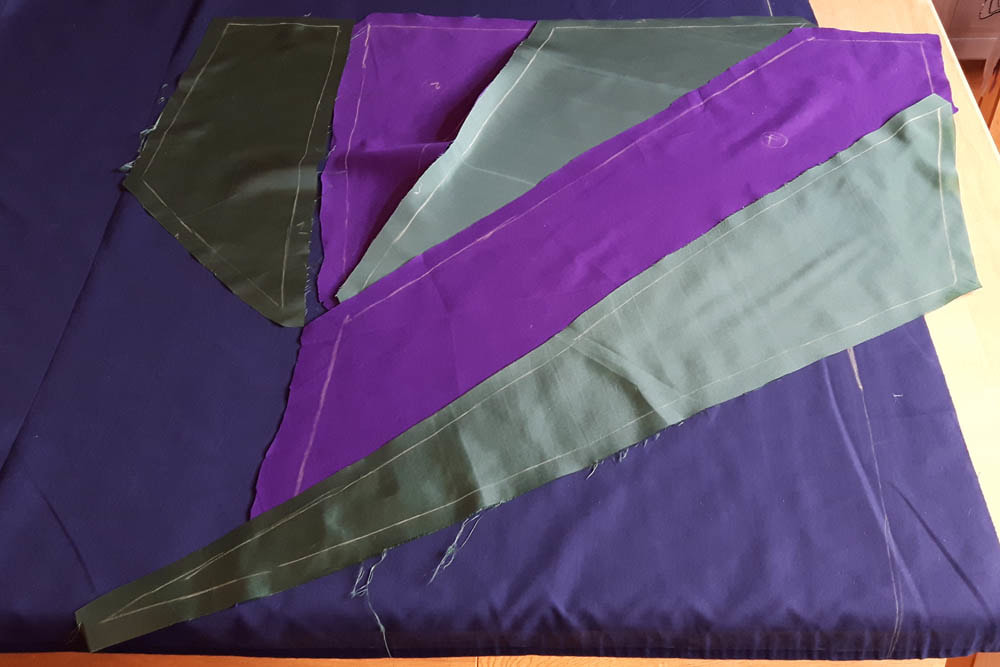
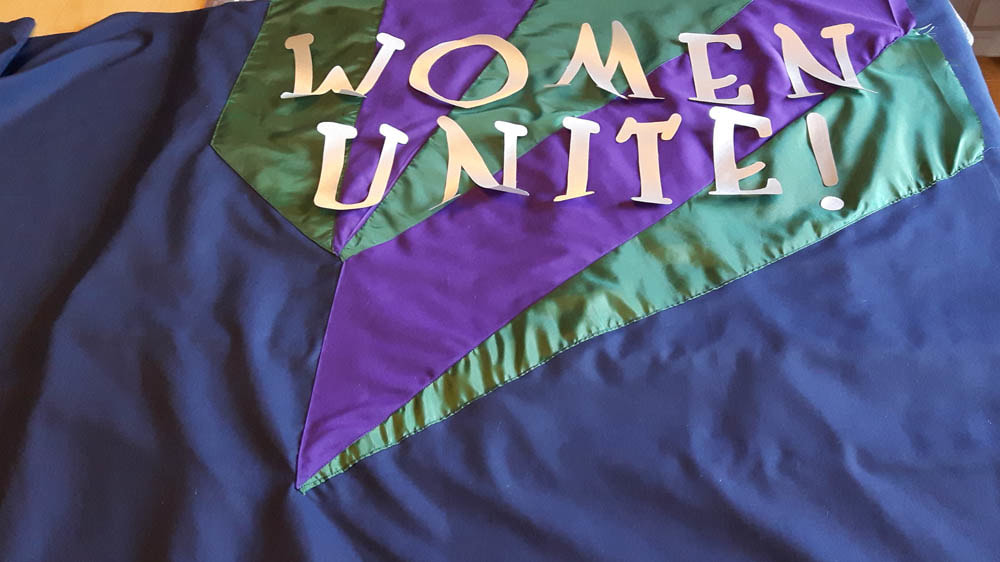
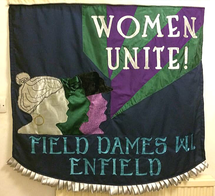
 RSS Feed
RSS Feed

